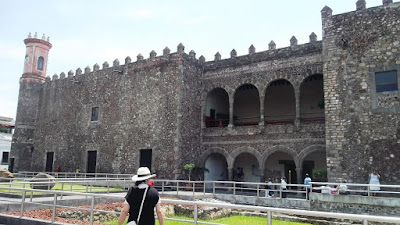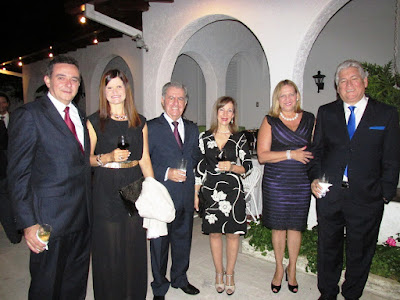Cuernavaca is known as "city of eternal spring" because of its warm and stable climate with abundant vegetation.
It is located south of Mexico City from which it can be reached after a drive of approximately thirty minutes through the mountains (part of the rocky mountains that come from Canada).
It is located south of Mexico City from which it can be reached after a drive of approximately thirty minutes through the mountains (part of the rocky mountains that come from Canada).
In prehispanic times Mexico City was built on a big lake (1.000 square meters) surrounded by mountains, that is why to leave Mexico City we always have to cross the mountains.
The Avenida de los Insurgentes, crossing the federal district from north to south, is the second longest in the world. It used to be a floating street, where in the past were the lakes Texcoco and Xochimilco.
The Avenida de los Insurgentes, crossing the federal district from north to south, is the second longest in the world. It used to be a floating street, where in the past were the lakes Texcoco and Xochimilco.
After the Spanish conquest the Franciscans arrived in Cuernavaca and built the capilla abierta (open-air chapel). It is considered to be one of the most distinct Mexican construction forms in the early colonial period and only five survive in all Mexico.
The friars, who constructed them, felt they were a better way to convert the Indians of that time, who were afraid of entering the traditional European-style churches. For them God was everywhere in the nature and they could not conceive putting him in a dark closed building. The Capilla abierta also allowed speaking to bigger crowds as they were built facing a large atrium or other open area.
The atrium in Cuernavaca has four distinct churches representing four different architectural styles in Mexico.
The Cuernavaca Cathedral is the main church of what was the monastery of the Third Order of the Franciscans, called La Asunción. It was built by Cortés and also had the function of fortress, with cannons mounted above the counterfort.
 In the 18th century they built this beautiful church.
In the 18th century they built this beautiful church.
In this church there is a unique sculpture of Jesus dressed as a military.
The Hernán Cortés Palace is considered to be the most representative building of Cuernavaca. It is one of the oldest European-style, civil constructions in the Americas (1526), built in Renaissance style.
The stones used to build the palace belonged to an Aztec pyramid that was destroyed by Cortés.
 |
| Stone with carved lizard |
 |
| The five arrows represent the cardinals and the centre of the universe |

















































